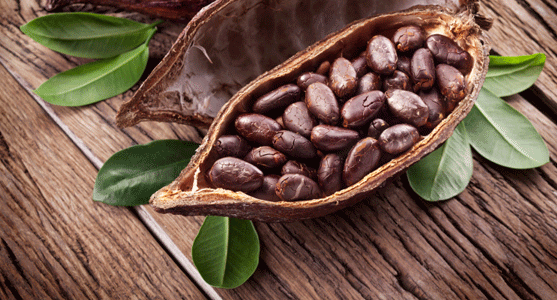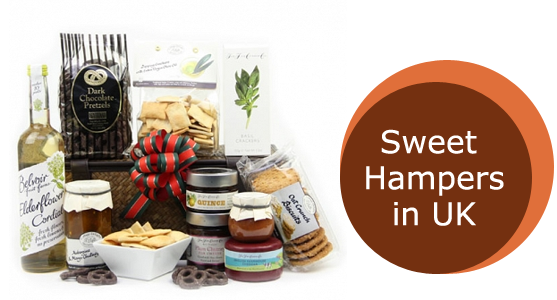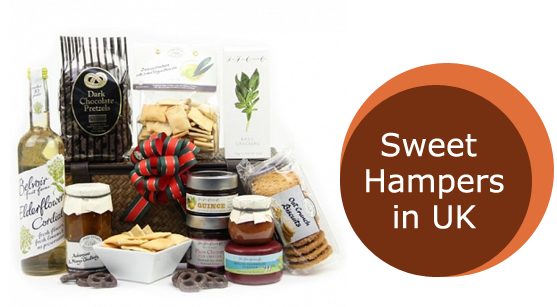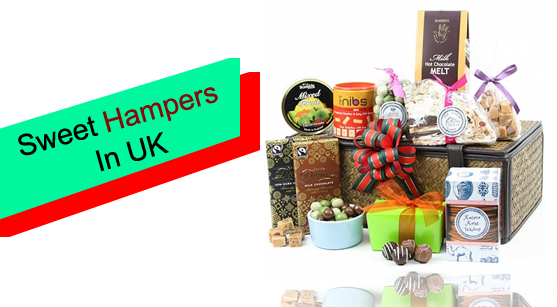What constitutes as a universal favourite? Chocolate confectionaries, of course! Regardless of age or gender, people cannot wait to sink their teeth into scrumptious looking, delicious tasting, soft and chewy bars, candies, pretzels, balls, truffles, pralines, chips, cookies, etc. Thus, you may imagine the extreme joy with which people receive sweets hampers in UK, especially when they arrive on festive occasions, birthdays, or special events.
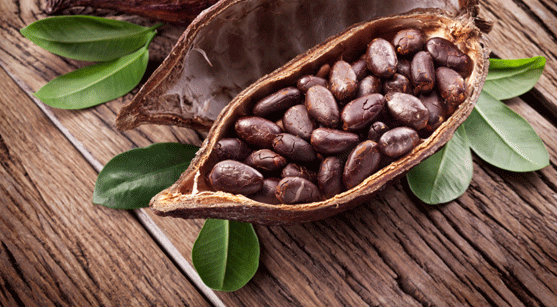
Chocolate Comes from Cacao
- If you should visit a hot, tropical region making a swatch of 20 degrees south and north of the Equator, you will find flourishing forests housing Cacao (Theobroma cacao) trees in addition to other species of the plant kingdom.
- This indicates that the Cacao trees are native to nations situated in Southeast Asia and Oceania, West Africa, and South and Central Americas.
- Amongst the lot, Brazil, Nigeria, Cote d’Ivoire or Ivory Coast, Ecuador, Ghana, Cameroon and Indonesia are the top producers of Cacao.
- It is easy to recognize these heat- and wind-sensitive trees, for their large-sized leaves are green and glossy; they appear akin to outstretched human hands. The leaves of immature plants are flashy and red.
- If the leaves are so large, the trunks must be tall too. Their height ranges anywhere between 20 to 60 feet. They are shielded from the elements by other trees like hardwoods and others, which reach up to 200 feet in height.
- The flowers are quite pretty. They may be pink or white. Over time, they change into colourful pods (fruits) containing sugary-tasting juice and bitter-tasting seeds.
- These seeds are commonly referred to as cacao or cocoa beans. They are used to make chocolaty confectionaries.
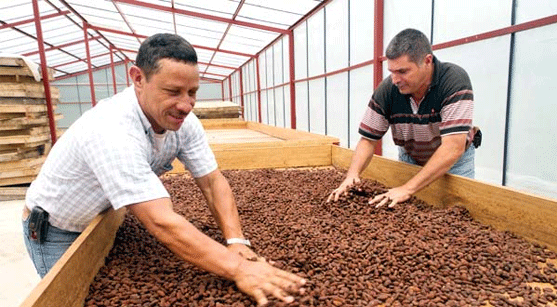
Cacao Farming
However, no one goes into the forests to pick the beans. Instead, small family farms are used to grow Cacao trees.
- First, good-quality seeds are placed in a plastic bag or a fibre basket. They are tended with great care, prompting the shoots to spring up quickly.
- Within a few months, the tiny saplings are transplanted along with their containers. A waiting period of three to five years is required for the plants to become full-grown, seed-producing trees.
- Sustainable agricultural practices are in vogue, with the cacao trees receiving good shade from the taller trees around them. These protectors may be cash crops like hardwood, banana, or rubber.
- The mature seeds are transported to the shops of local market dealers via rugged trucks, donkeys, or carts. They may even be carried manually, in sacks. From there, the beans are forwarded to local or international factories.
Every factory has its trade secrets for producing diverse kinds of chocolates. Nonetheless, the basic processes, such as grinding, pressing, heating and stirring remain the same everywhere.
It may amaze you to know that your love for chocolate-containing sweets is responsible for providing a livelihood to more than 40 or 50 million people worldwide. In modern times, demand is outgrowing supply. Even an annual production of 4 million tonnes seems too little to satisfy people’s excessive partiality towards chocolaty stuff!


